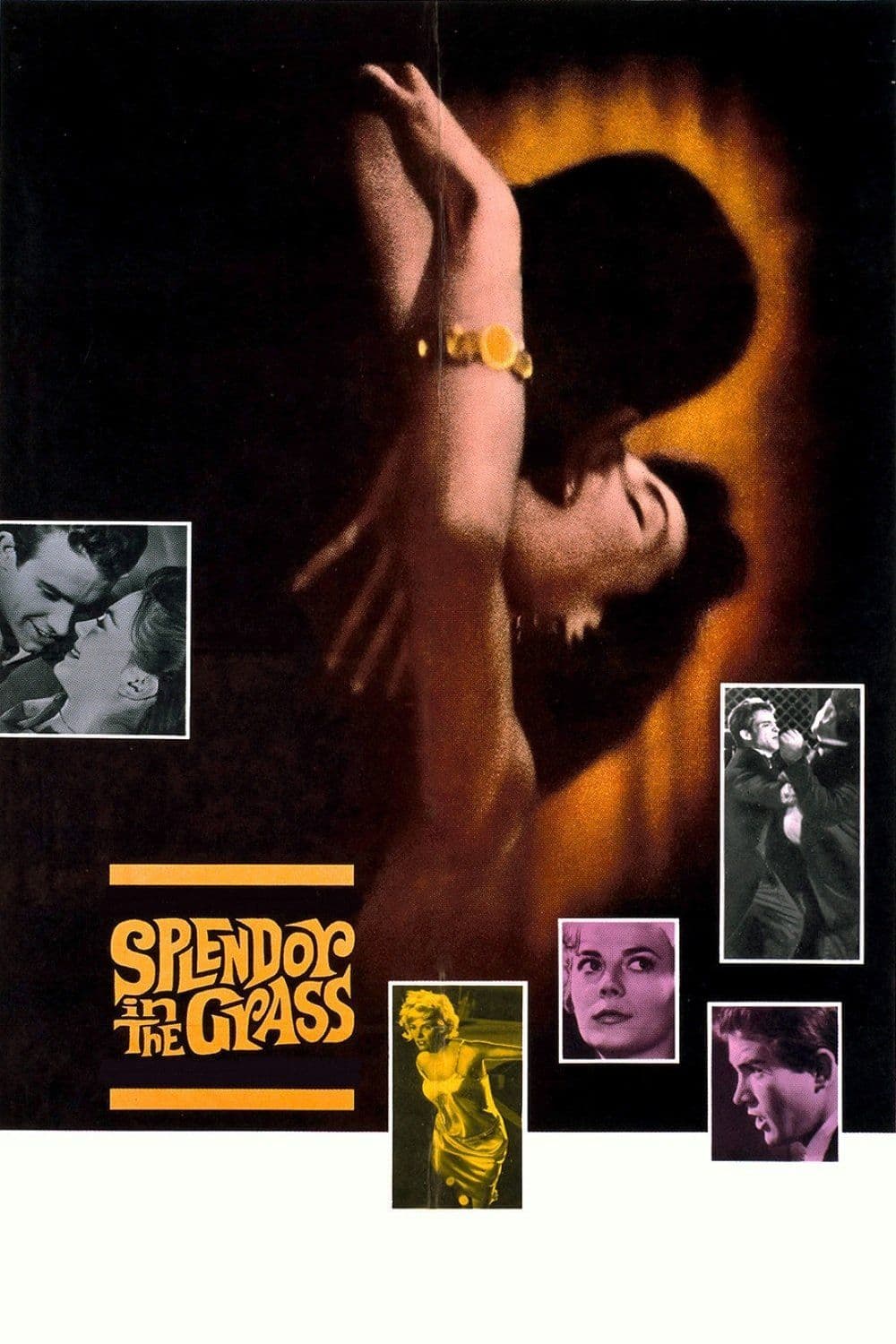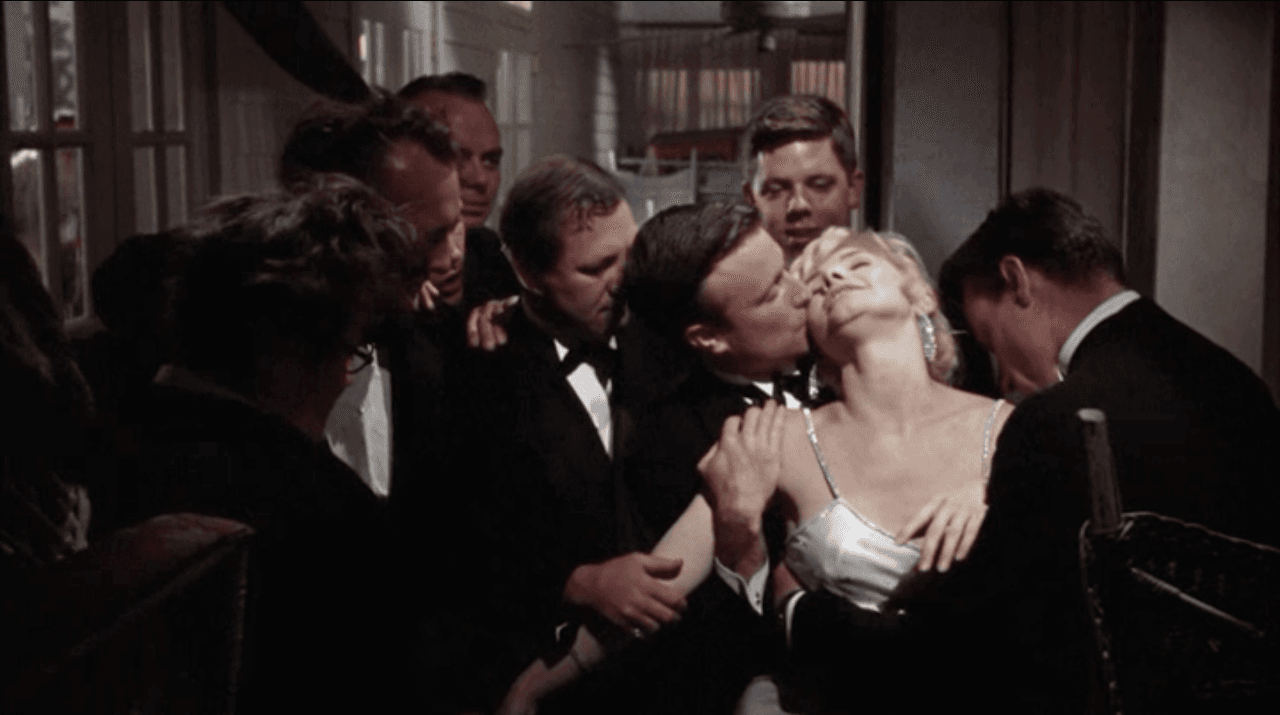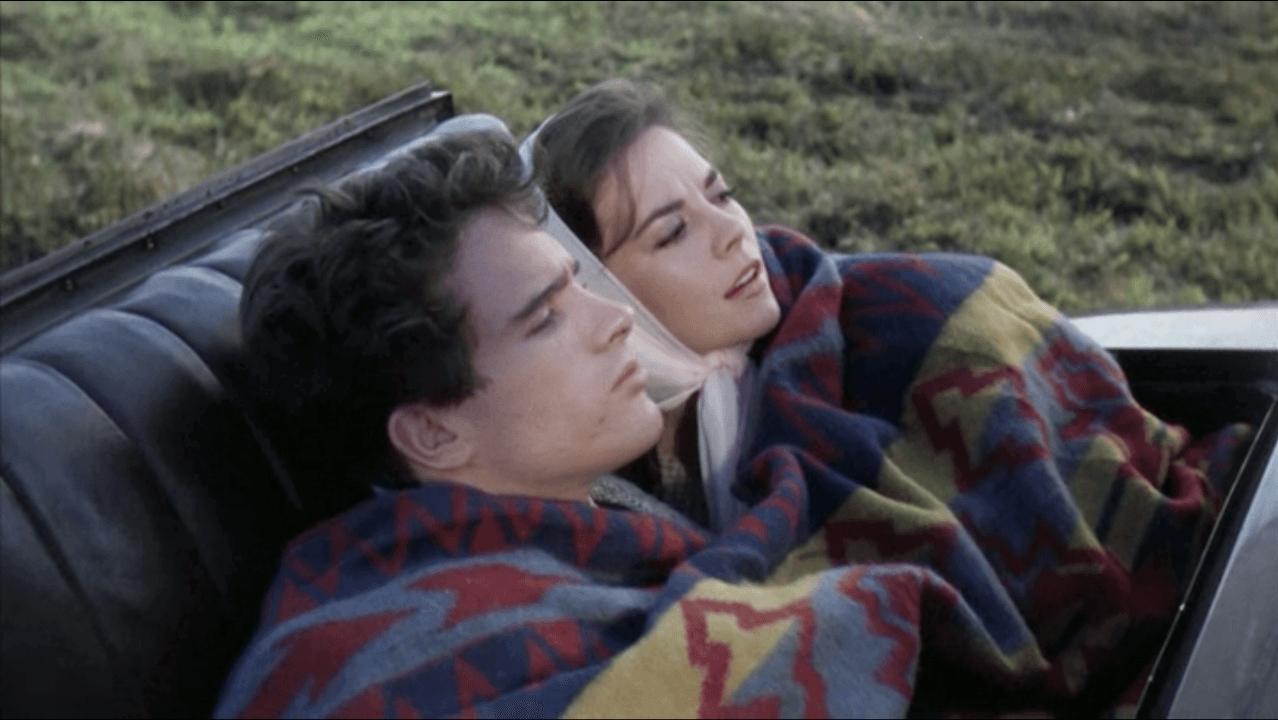
Splendor in the Grass
1961
Rate this movie
Average: 0.00 / 5
(0 votes)
Director
A work of stunning beauty, this Splendor in the Grass (a title borrowed from a line in William Wordsworth's Ode on Intimations of Immortality), which incensed prudish censors due to its overly explicit theme of youthful sexuality, inevitably losing sight of the delicate poetic quality of Kazan's work and, subsequently, the extraordinary psychological introspection that makes this film a Freudian treatise written on glossy paper. Indeed, censorship, short-sighted and obsessed with superficial morality, failed to grasp how the film's strength lay precisely in its ability to dissect, with brutal honesty, the neuroses of an American society trapped in its own hypocrisies, revealing the human cost of repression. The plot is not merely a love story, but a true visual essay on the dynamics of the collective Super-Ego crushing the individual Id, with young Deanie Loomis embodying the quintessence of the struggle between authentic desire and suffocating conformity. Kazan, with his unmistakable sensitivity for complex psychologies, drags us into an abyss of unexpressed desires and tacit prohibitions that transform into a slow and relentless poison.
The story is that of the love affair between two high school students in a small Kansas town in 1928, an apparently free and uninhibited era – the famous "Roaring Twenties" – but which, in its most intimate and provincial folds, still held a strict puritanism, the legacy of a deeply religious and conservative America. Bud Stamper, the heir to a wealthy and respected family, and Deanie Loomis, a pure-hearted and sensitive girl, find themselves navigating the tempestuous waters of first attraction, sexual curiosity, and nascent love in a social context that elevates chastity to a dogma and reputation to an inestimable currency.
Their love will be thwarted and ultimately opposed by their parents, concerned only with public decency in a Counter-Reformation-like moralizing climate, but with an even more insidious subtext: the bourgeois pragmatism that prioritizes a good name and economic convenience over genuine feelings. Bud's father, obsessed with wealth and respectability, and Deanie's mother, herself a victim of a repressive upbringing, become the involuntary executioners of a love that, unable to express itself freely, is condemned to implode. This family dynamic, a classic in Kazan's style (one thinks of On the Waterfront or, even more explicitly, East of Eden, where the torments of a rebellious and misunderstood adolescence were also explored), is the engine of the tragedy, an unstoppable mechanism that crushes innocence and spontaneity.
The girl will suffer to such an extent that she must be admitted to a psychiatric institution, a place that, rather than curing, seems to certify society's failure to manage its own contradictions. Her "madness" is in reality the most acute manifestation of a collective malaise, a desperate cry against oppression and the denial of one's natural instincts. Natalie Wood's performance in these sequences is of a disarming power, an emotional tour de force that earned her an Oscar nomination and carved her name into film history. Her descent into depression and psychosis is portrayed with such raw and authentic vulnerability as to be almost unbearable for the viewer, an echo of the "method" performances that Kazan so loved and knew how to extract from his actors.
Upon her return to society, she will discover that many things have changed. This "change" is not an easy redemption, but a bitter and necessary realization. Bud has succumbed to family pressures, marrying a woman who can guarantee him economic and social stability, but without love. The Deanie who returns is no longer the naive and dreamy girl from the beginning; she is a wounded woman, marked but also, in some way, hardened by suffering. Her adolescent splendor has transformed into a more mature and tragic awareness. The poetic beauty that Wordsworth evokes is no longer that of intact innocence, but the more painful yet profound beauty of resilience and memory. The final scene, with Deanie visiting Bud and his new family, is a masterpiece of subtlety and unspoken meaning, a melancholy farewell to an era and a love that can never return, but which have left an indelible mark on the soul.
Natalie Wood's immense performance allows Kazan to let every theme dear to him transpire through the film: social critique, youth distress, the poetic power of feelings. Wood, alongside Warren Beatty in his dazzling cinematic debut – who, with his rebellious charisma, anticipates the figure of the restless young man who would dominate the scene years later – imbues Deanie with an almost painful depth. Her performance is not just a portrayal of vulnerability, but a living indictment of the devastating effects of emotional repression. Kazan, a master at directing actors and shaping atmospheres, constructs a drama that, though anchored to its time, resonates with disconcerting universality. His direction is precise, almost surgical in analyzing family and social dynamics, yet at the same time lyrical, capable of capturing the ephemeral beauty and the brutality of growth. Splendor in the Grass is not just a film about the loss of innocence, but a lament for shattered dreams, a warning against conventions that mortify the spirit, and a meditation on the resilience of the human soul in the face of the ineluctability of fate. A masterpiece that continues to question us about the price of conformity and the often tragic meaning of freedom.
Genres
Country
Gallery






Comments
Loading comments...